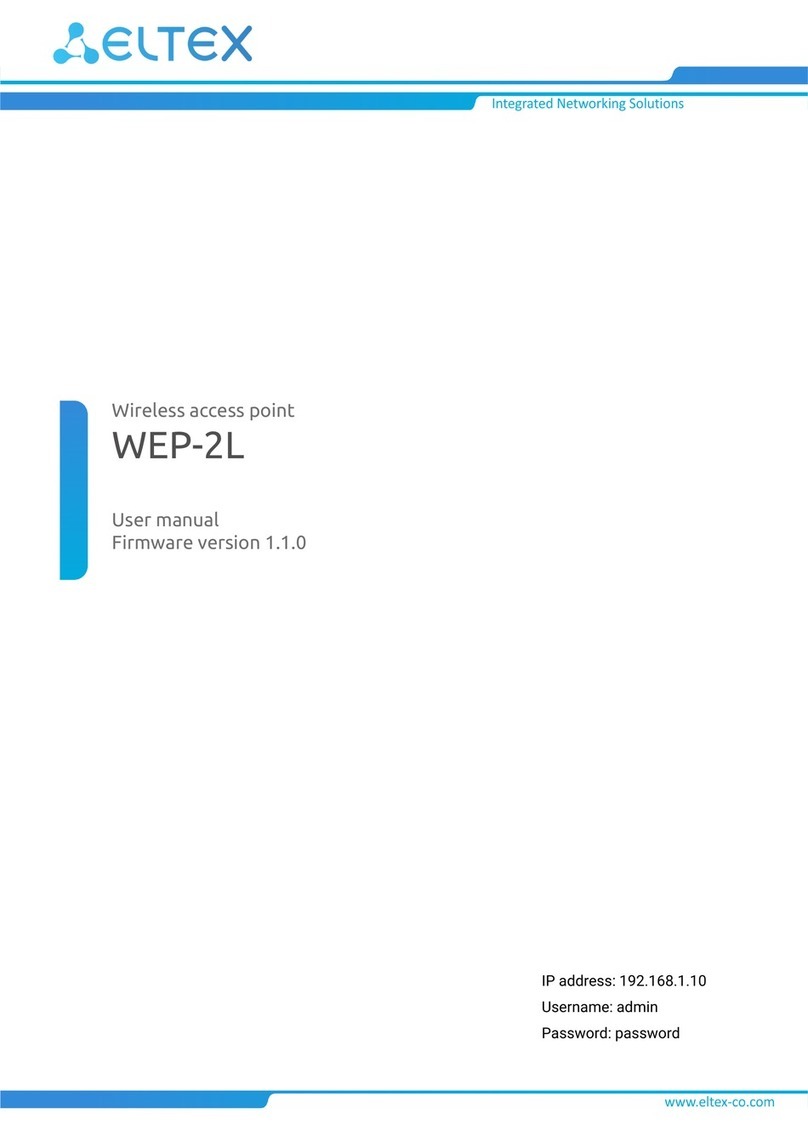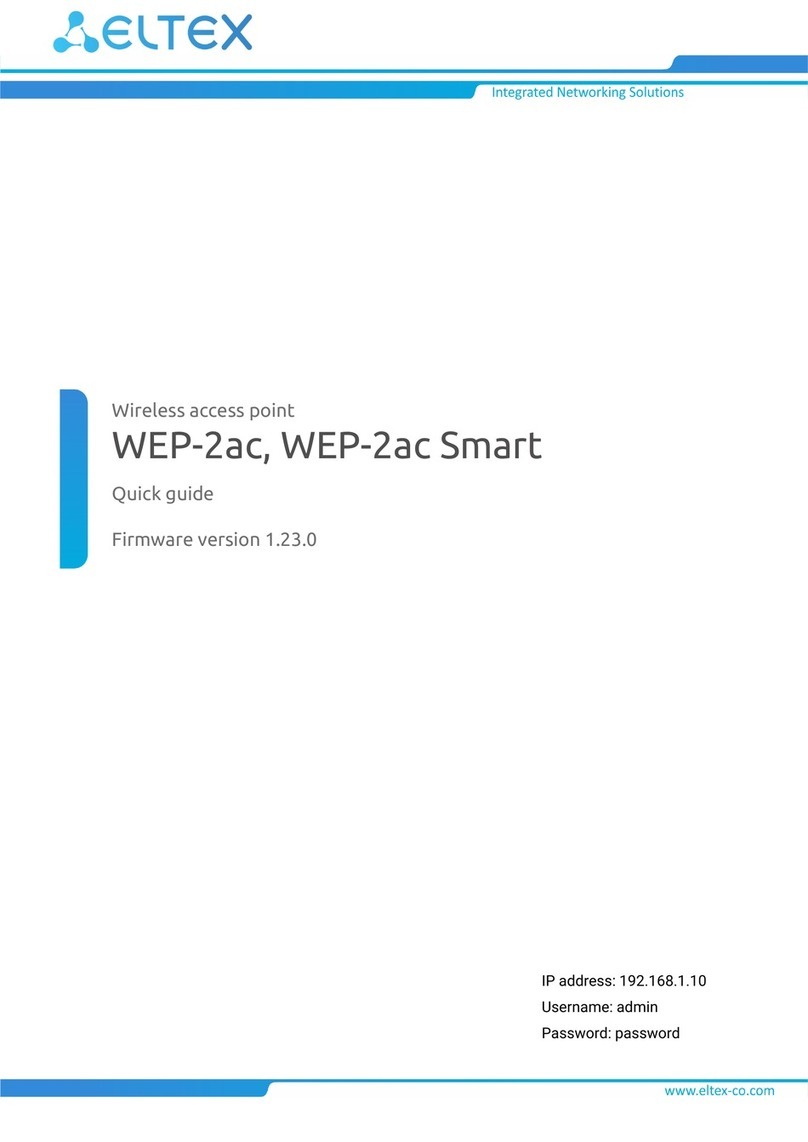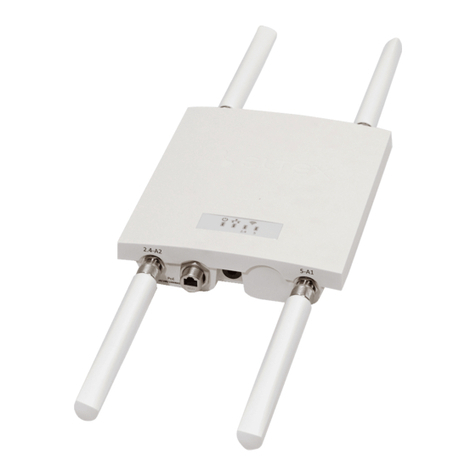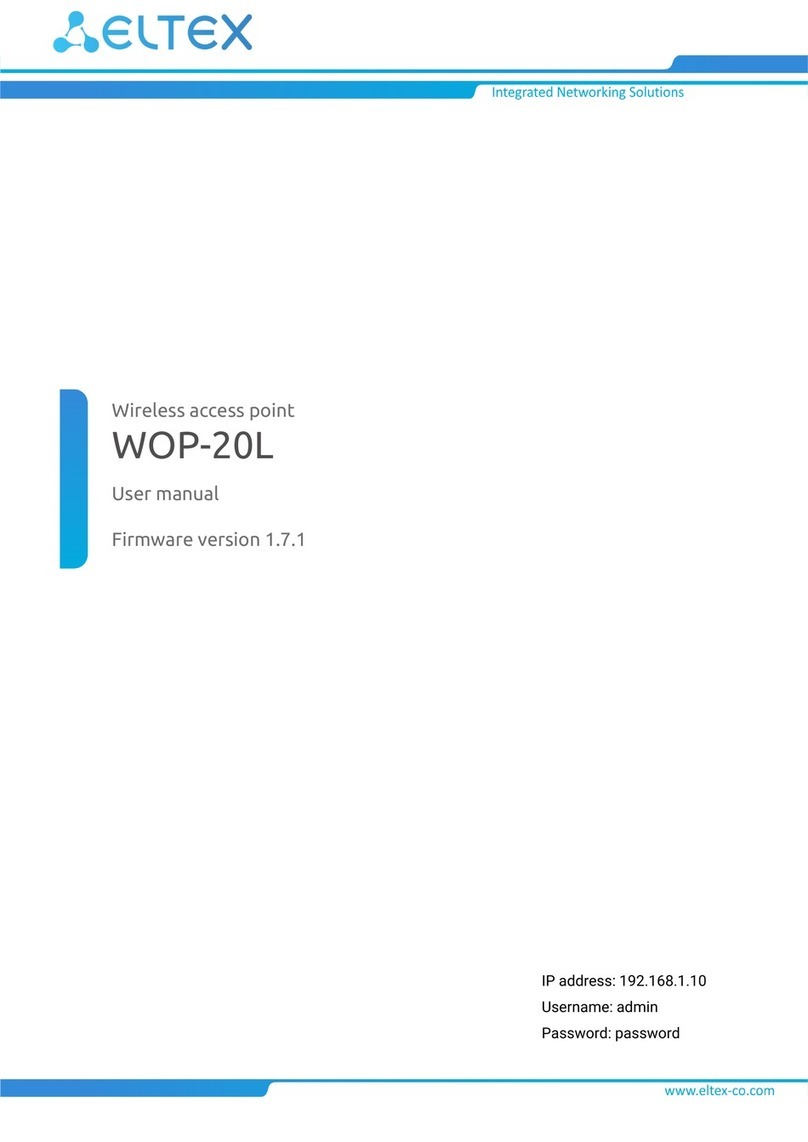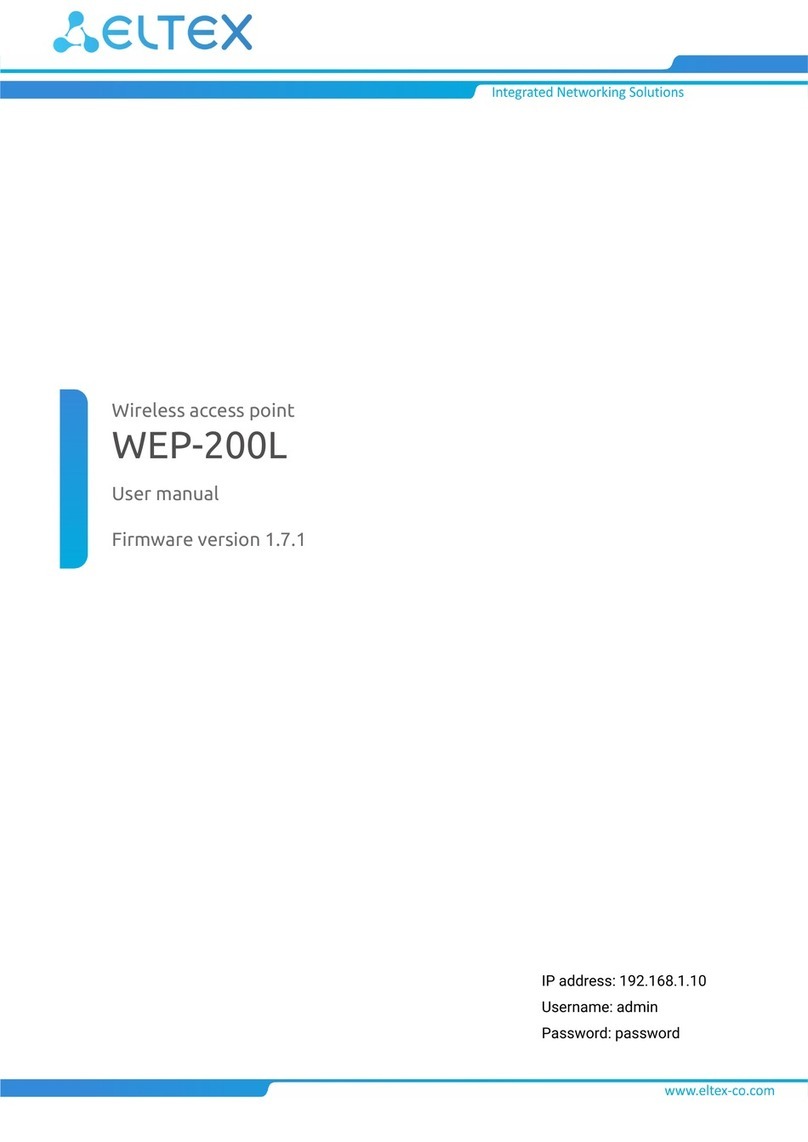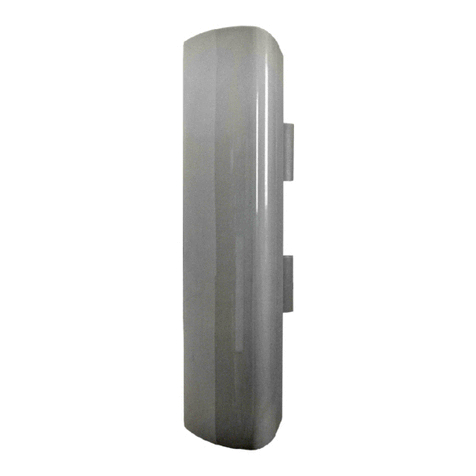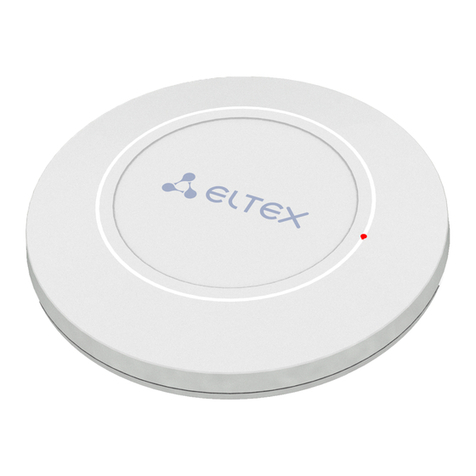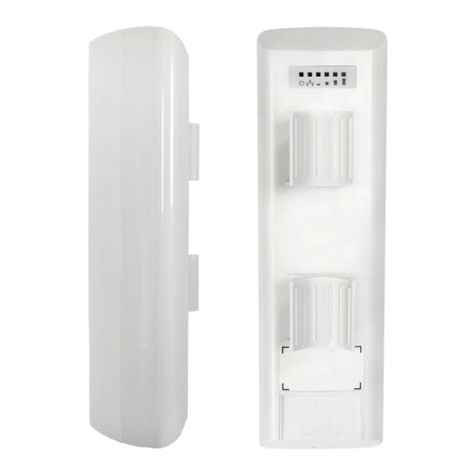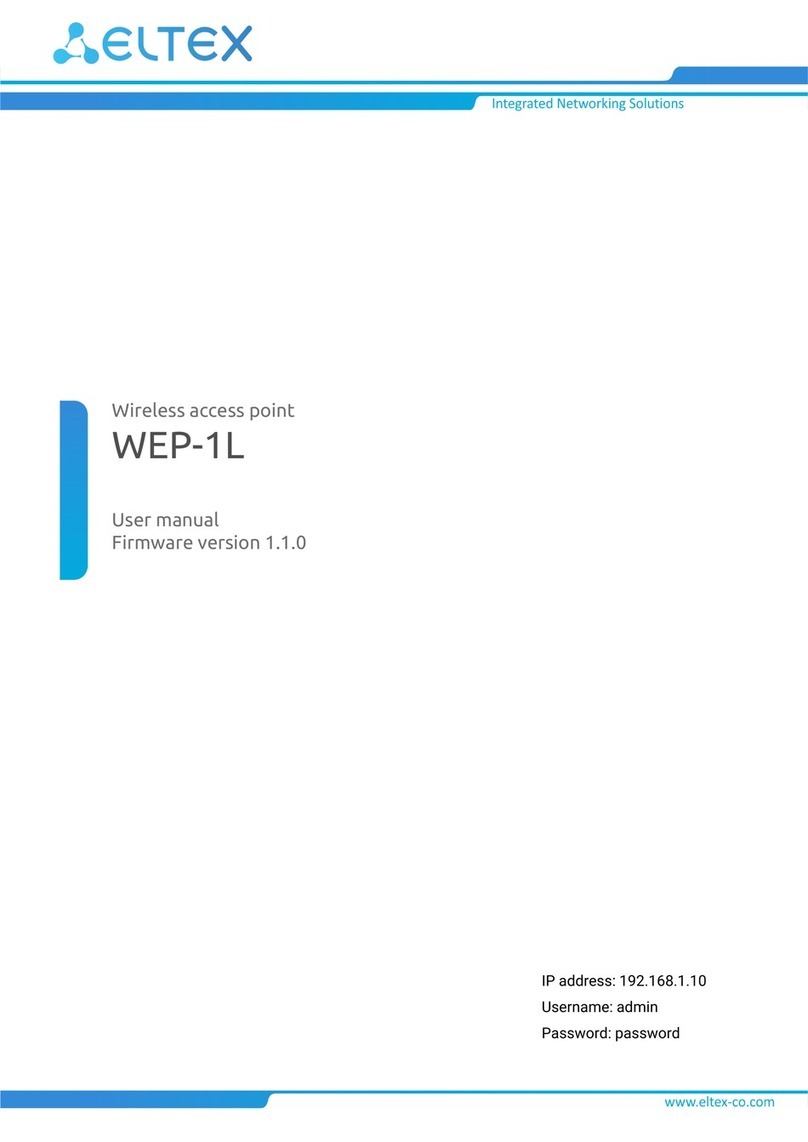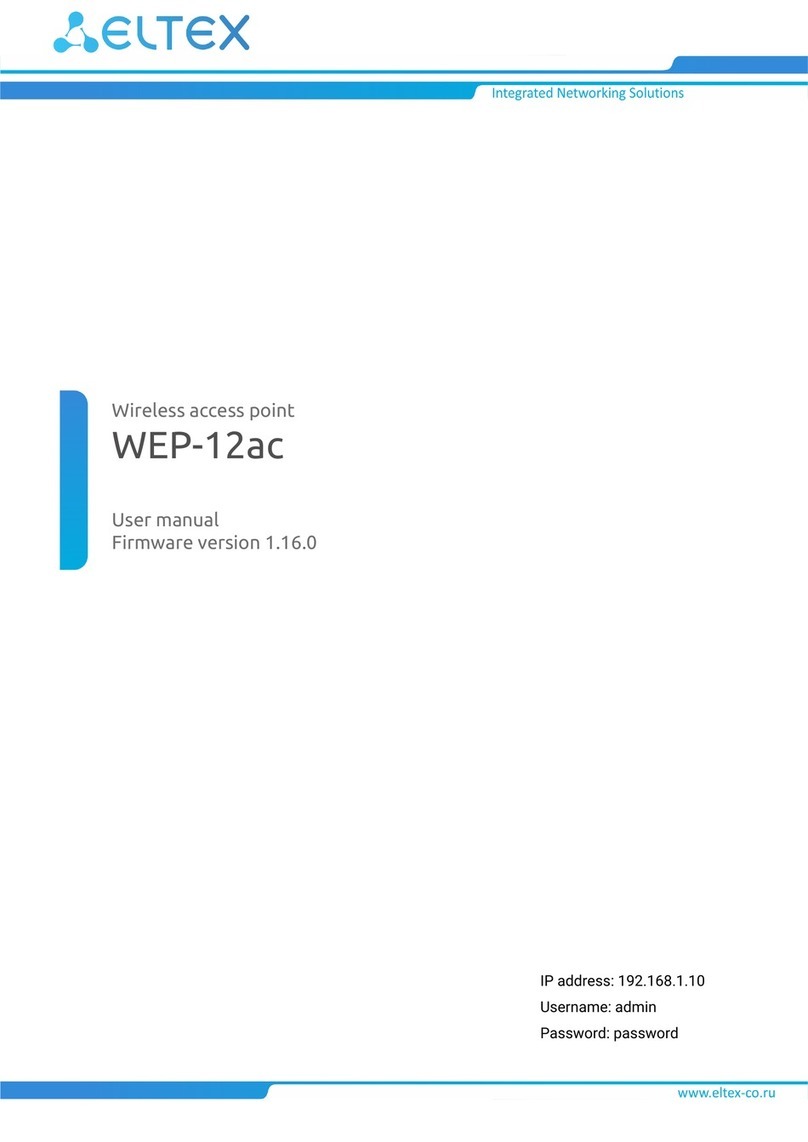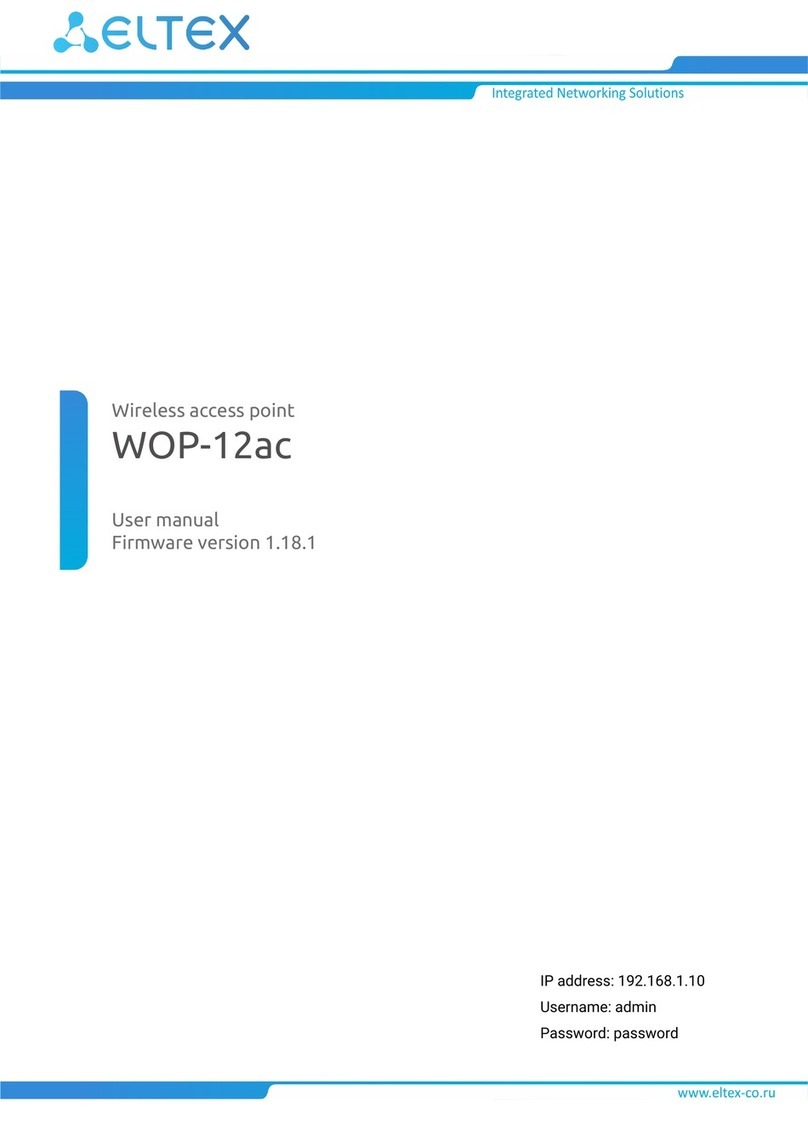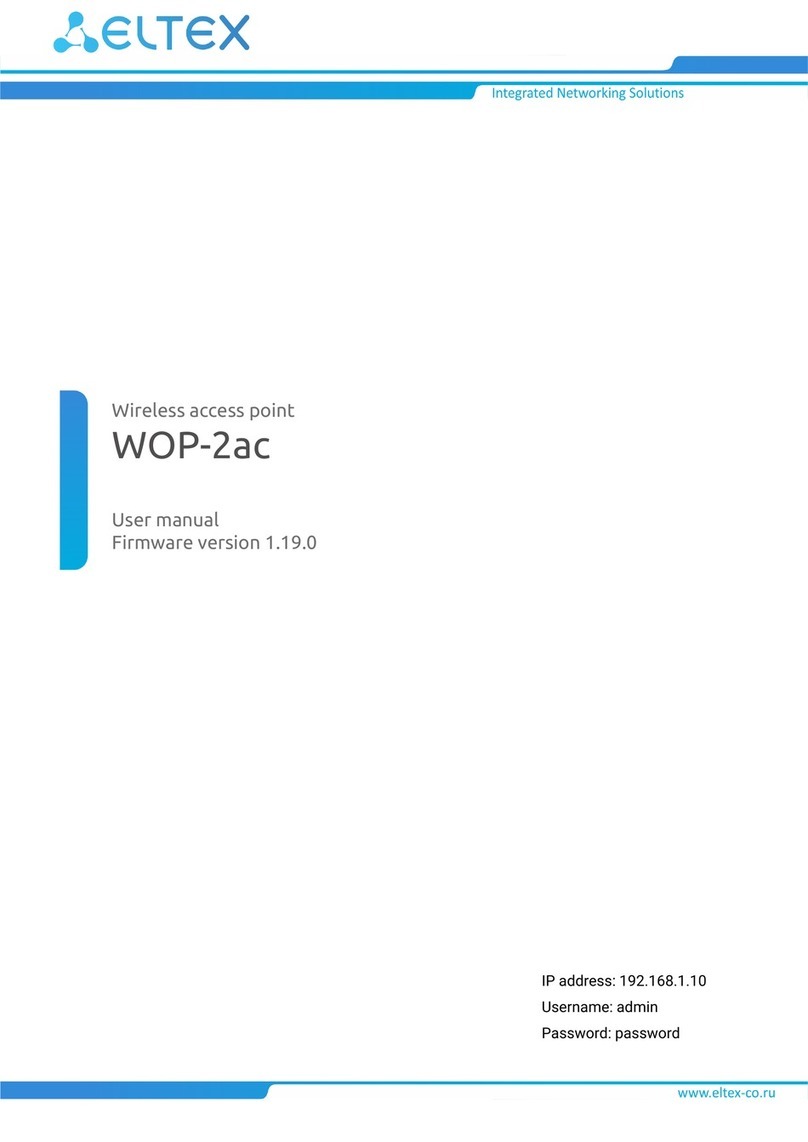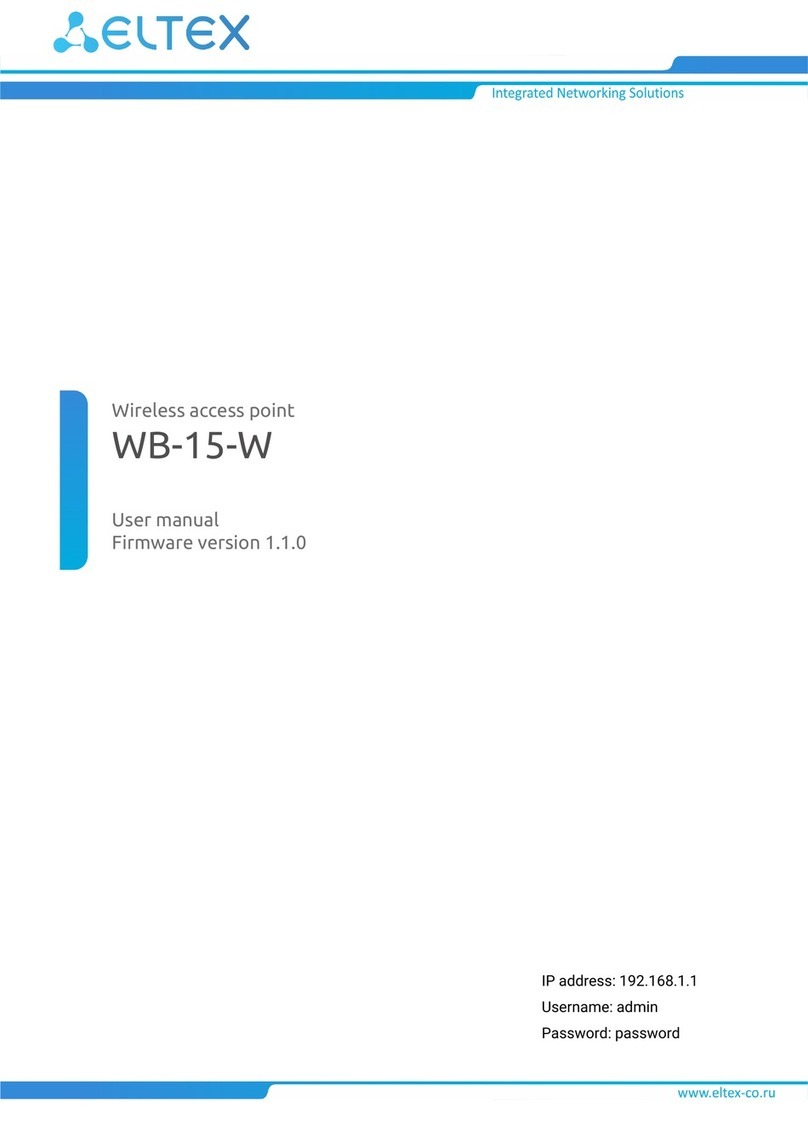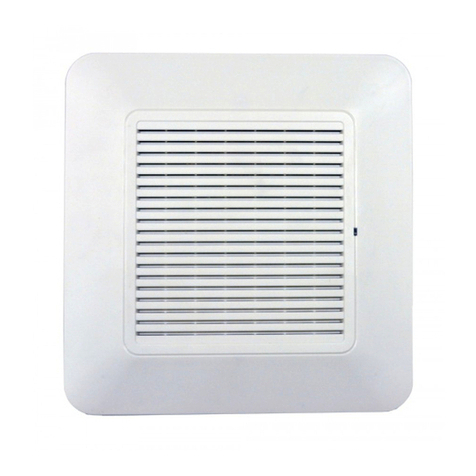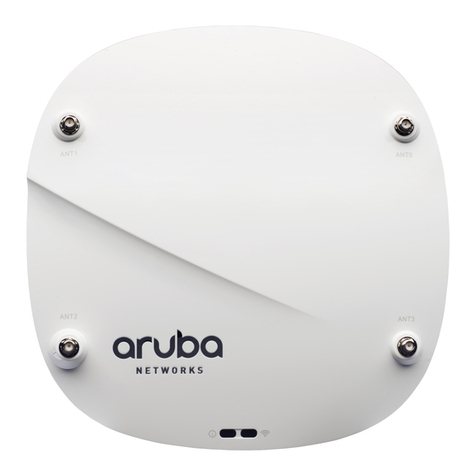5.5 The "Radio" menu......................................................................................................................32
5.5.1 The "Radio 2.4 GHz" submenu ........................................................................................... 32
5.5.2 The "Radio 5 GHz" submenu .............................................................................................. 34
5.5.3 The "Advanced" submenu.................................................................................................. 36
5.6 The "VAP" menu.........................................................................................................................37
5.6.1 The "Summary" submenu .................................................................................................. 37
5.6.2 The "VAP" submenu............................................................................................................ 38
5.7 The "Network Settings" menu...................................................................................................42
5.7.1 The "System Configuration" submenu .............................................................................. 42
5.7.2 The "Access" submenu ....................................................................................................... 43
5.8 The "External Services" menu...................................................................................................45
5.8.1 The "Captive Portal" submenu........................................................................................... 45
5.9 The "System" menu ...................................................................................................................45
5.9.1 The "Device Firmware Upgrade" submenu ....................................................................... 45
5.9.2 The "Configuration" submenu ........................................................................................... 46
5.9.3 The "Reboot" submenu ...................................................................................................... 47
5.9.4 The "Password" submenu .................................................................................................. 47
5.9.5 The "Log" submenu ............................................................................................................ 48
5.9.6 The "Date and Time" submenu .......................................................................................... 48
6 Managing the device using the command line .....................................................................50
6.1 Connection to the device...........................................................................................................50
6.2 Network parameters configuration ..........................................................................................51
6.2.1 Network parameters configuration using the set-management-vlan-mode utility........ 52
6.3 Virtual Wi-Fi access points (VAP) configuration........................................................................53
6.3.1 Configuration of VAP without encryption.......................................................................... 53
6.3.2 Configuration of VAP with WPA-Personal security mode.................................................. 54
6.3.3 Configuration of VAP with Enterprise authorization......................................................... 55
6.3.4 Configuration of VAP with Captive Portal .......................................................................... 56
6.3.5 Advanced VAP settings........................................................................................................ 57
6.4 Radio configuration ...................................................................................................................63
6.4.1 Advanced Radio settings .................................................................................................... 63
6.5 System settings ..........................................................................................................................65
6.5.1 Device firmware update...................................................................................................... 65
6.5.2 Device configuration management.................................................................................... 65
6.5.3 Device reboot ...................................................................................................................... 66

